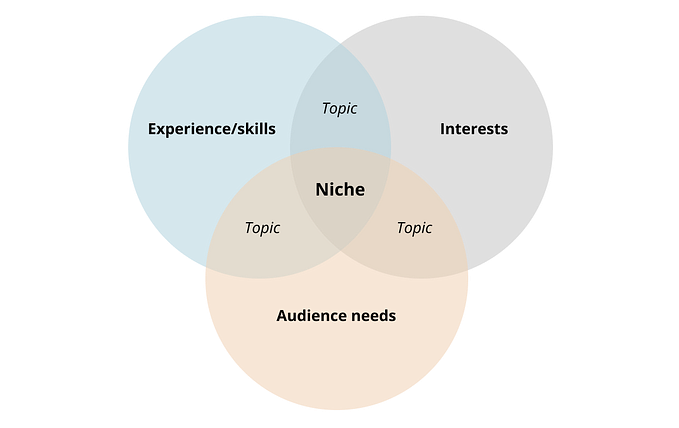Member-only story
What is web accessibility?
The basics of web accessibility, and how it has evolved over time.

Technology has turned into an integral part of humans’ lives, and it is offering new possibilities that make everyone’s life much better. Some of the solutions are used in today’s industries, but also in universal design.
According to Google, there are around 7.53 billion people in the entire world, and 4.48 billion use the internet. That means, 58% of the population can use the internet if needed. It is a fantastic number in many ways.
From the world’s population, there are 1 billion people with disabilities. Some disabilities make consuming specific content harder and may require these people to use assistive technologies in their everyday life.
However, people with disabilities can’t access web content if it is not meeting the accessibility principles. These users are missing the possibilities that come with technology. All users should have access to them.

What is accessibility?
Accessibility, also known as the ability to access, means that devices, services, and products are accessible to people with disabilities. Some people have to use assistive technologies which make these things accessible for them.
Users with disabilities can’t access any products, devices, and services if their disabilities are not taken into account. One thing is missing new possibilities, but these users may feel discriminated against because of a disability.
Resources, like time and money, could be saved if accessibility was taken into consideration beforehand. Making any decisions based on accessibility would guarantee that products, services, and devices are accessible.
Web accessibility
Web accessibility focuses on designing and developing websites that are more accessible to people with disabilities. It means that websites that have applied the accessibility principles can provide more accessible content.









